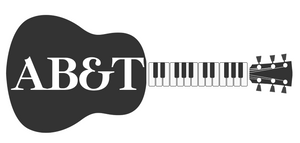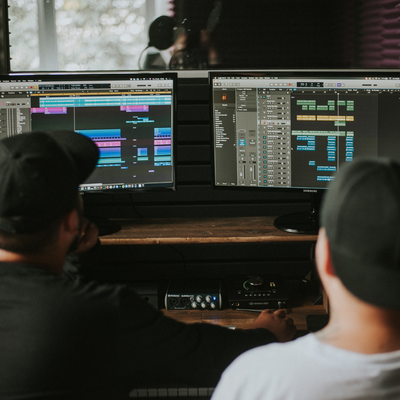7 Backing Track Mistakes That Can Ruin a Live Set (and How to Avoid Them)
Using backing tracks can take your live performance to the next level — helping you sound polished, professional, and full. But if you’re not careful, even the best singers and musicians can fall into a few common traps that throw off the flow, energy, and confidence of a set. Here are seven backing track mistakes that can easily derail a live show — and how to make sure they don’t happen to you.
1. Not Practising with the Backing Track First

It might sound obvious, but you’d be surprised how many performers skip this step. Practising with your backing track isn’t just about rehearsing the song — it’s about getting used to the timing, arrangement, and feel of the version you’re using. Every track is slightly different, and even small variations can throw you off on stage.
Avoid it: Rehearse with the actual track you’ll be performing to — not just a YouTube version or a rehearsal mix.
Not Labelling Your Tracks Properly
If you have multiple versions of the same song (different keys, arrangements, or edits), make sure your files are clearly labelled. There’s nothing worse than hitting play on the wrong version mid-set.
Avoid it: Use a consistent naming system — for example:SongTitle_Key_Version (e.g. Perfect_Eb_AcousticLive).
Choosing a Track in the Wrong Key
Performing in a key that’s not suited to your vocal range can make even the best performance sound strained. Always double-check the key before purchasing or downloading a track.
Avoid it: Test your vocal range and find a key that feels comfortable and expressive. Many professional backing track providers offer multiple key options — use them!4. Not
4. Not Having the Lyrics Ready or Memorised

If you’re relying on memory alone, nerves can easily kick in — especially if you’re performing in front of a crowd. Fumbling for lyrics once the track starts can instantly break your flow.
Related Products
Avoid it: Have your lyrics printed or on a tablet, ready and easy to see. Better yet, rehearse until you can perform confidently without them.
5. Not Knowing the Track Structure and Arrangement
Every backing track can vary slightly from the original — an extra bar, an extended outro, or a missing instrumental section. If you’re not familiar with the structure, you risk coming in early (or missing your cue entirely).
Avoid it: Listen through the track multiple times and note any differences. Mark where you come in, when key changes happen, and how the song ends.
6. Not Preparing a Backing Track Playlist

Stopping between every song to find the next track is a total vibe killer. Long silences break momentum and can make your performance feel unprofessional.
Avoid it: Build a setlist playlist before your gig, with tracks ordered exactly as you plan to perform them. Use gapless playback or short fades to keep things smooth and seamless.
7. Ignoring Sound Checks and Volume Balances
Even if your tracks are perfectly rehearsed, if the levels aren’t balanced correctly, your vocals can get lost or overpower the mix.
Avoid it: Always do a sound check — even a quick one — to make sure your track, mic, and overall output sound clean and cohesive in the venue space.
Final Thoughts
Backing tracks can be a performer’s best friend when used correctly — giving your set structure, depth, and a professional polish. But preparation is everything. By avoiding these simple mistakes and taking the time to plan, label, and rehearse properly, you’ll ensure every performance runs smoothly from the first note to the last.
Pro tip: Treat your backing tracks like members of your band — know them inside out, and they’ll never let you down. If you're looking for professional quality acoustic backing tracks, take a look at the Acoustic Backs And Tracks catalogue. Thousands of tracks to choose from in a range of styles, eras, artists and more.

















